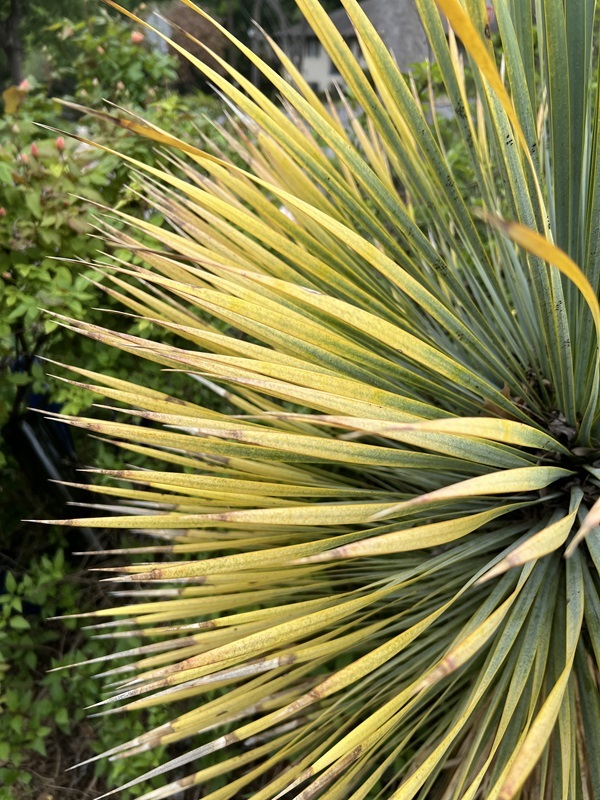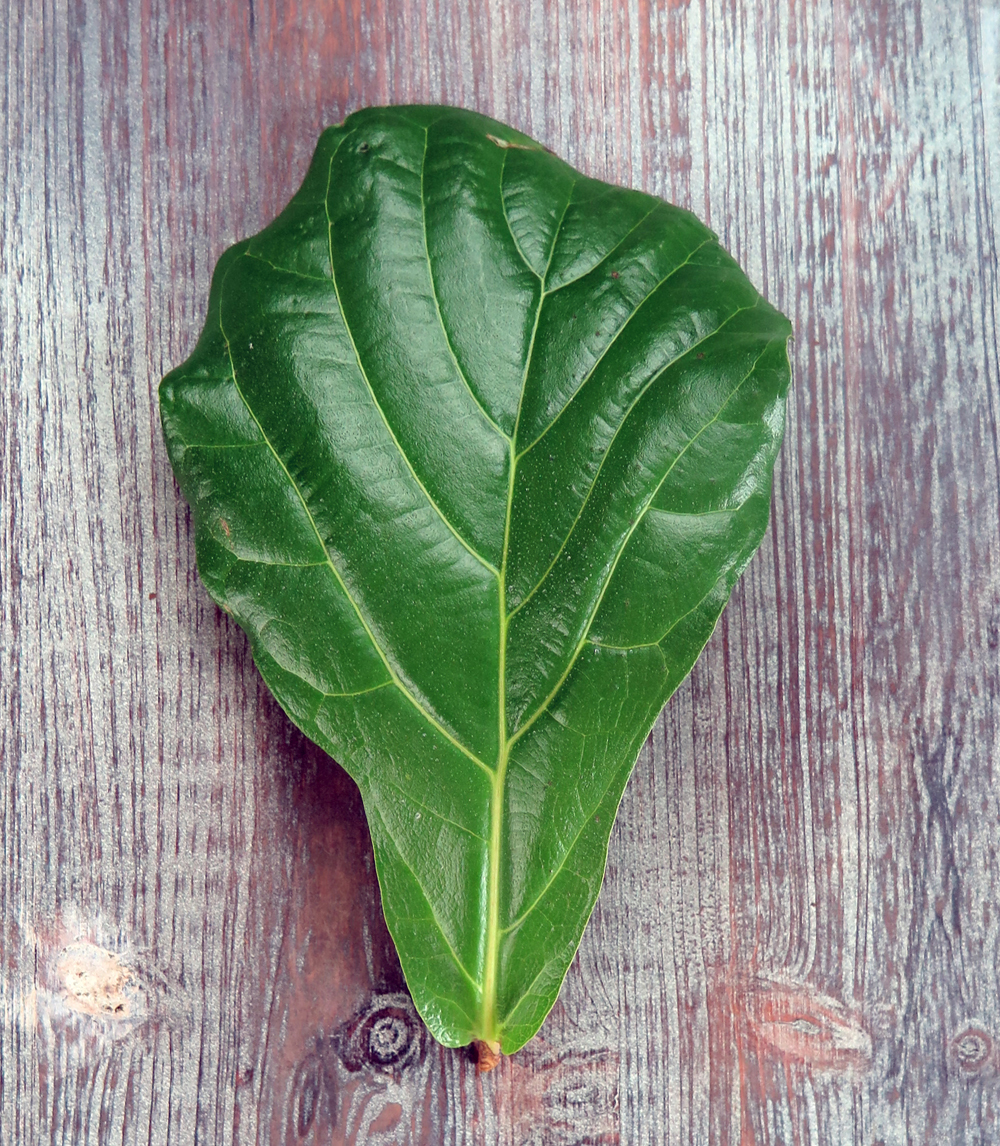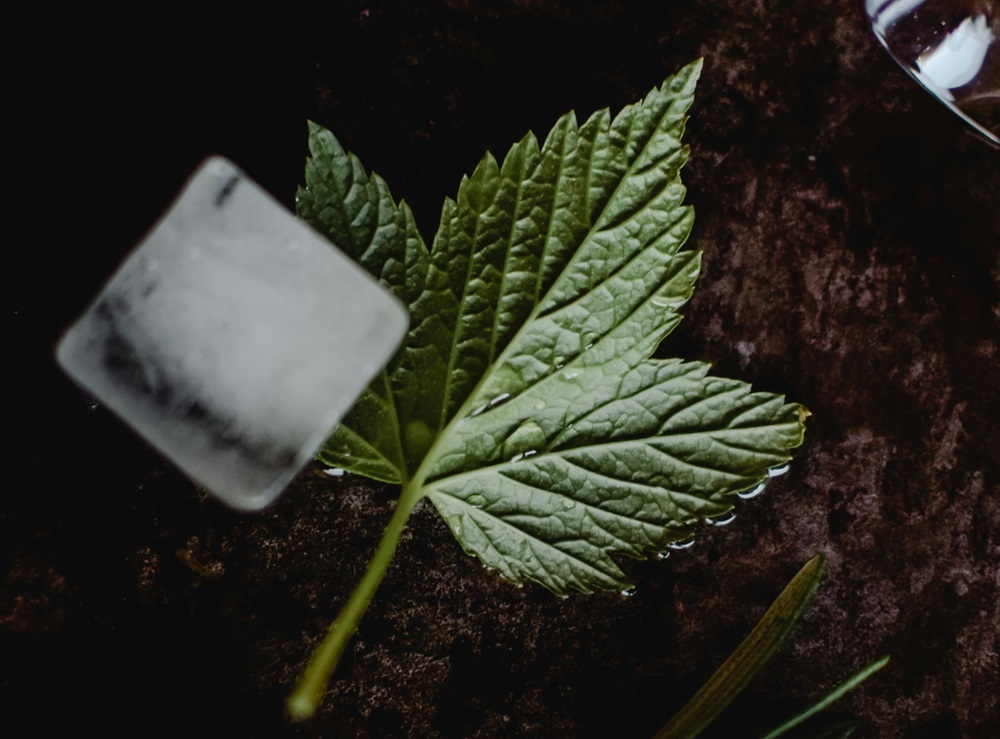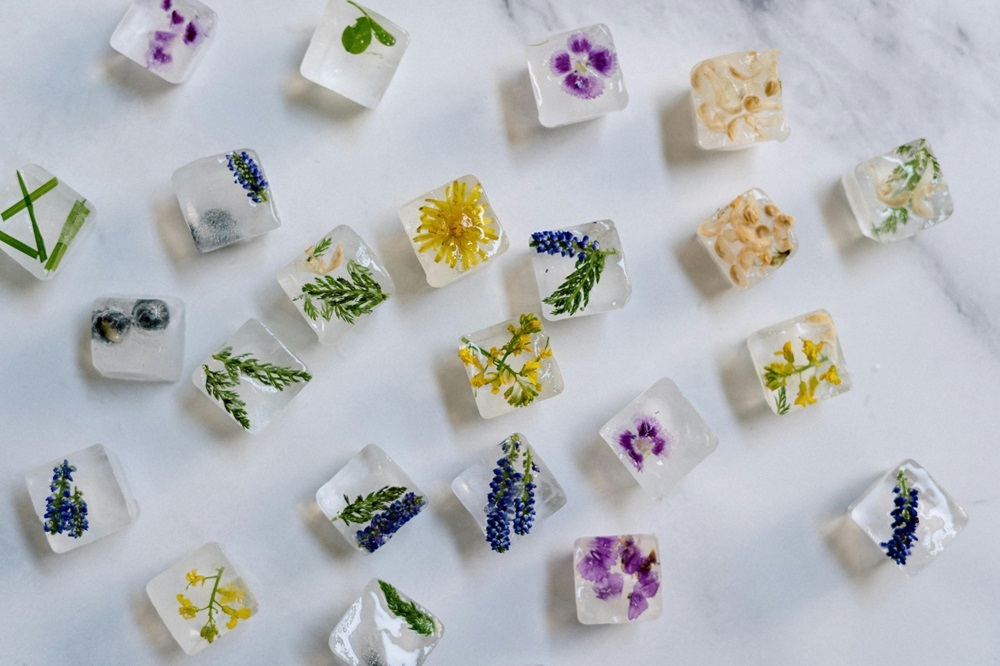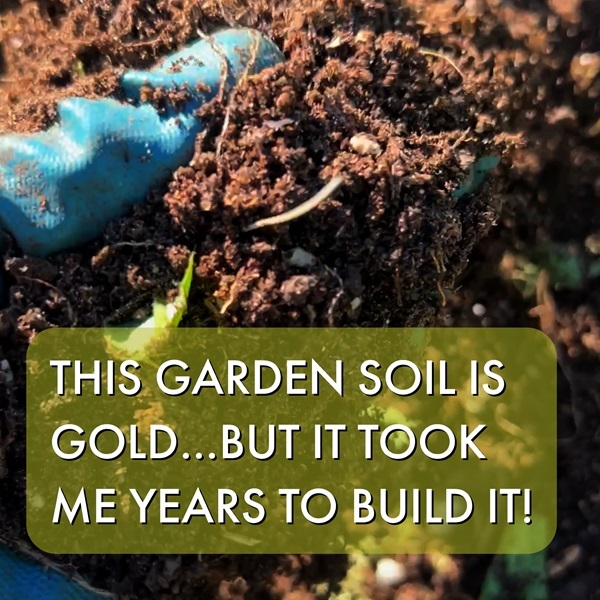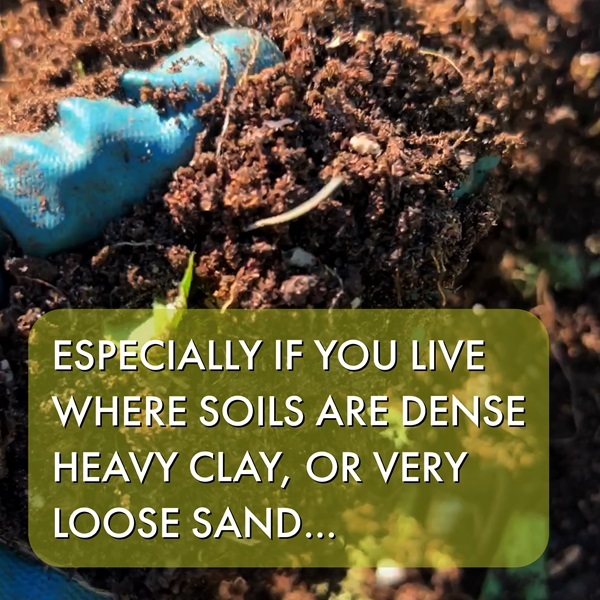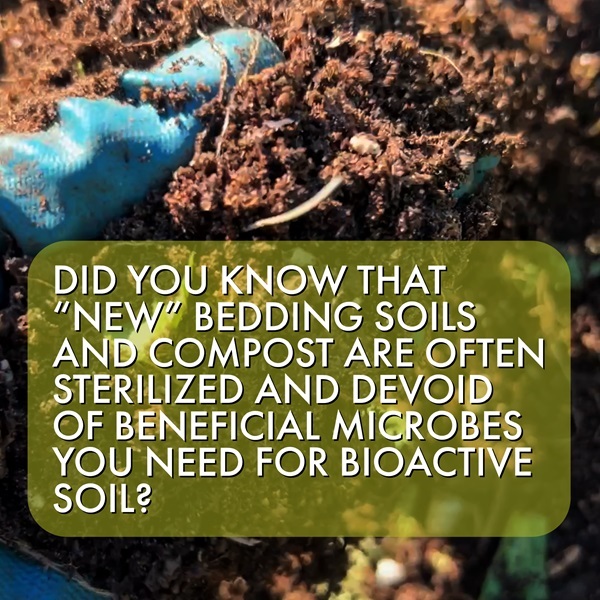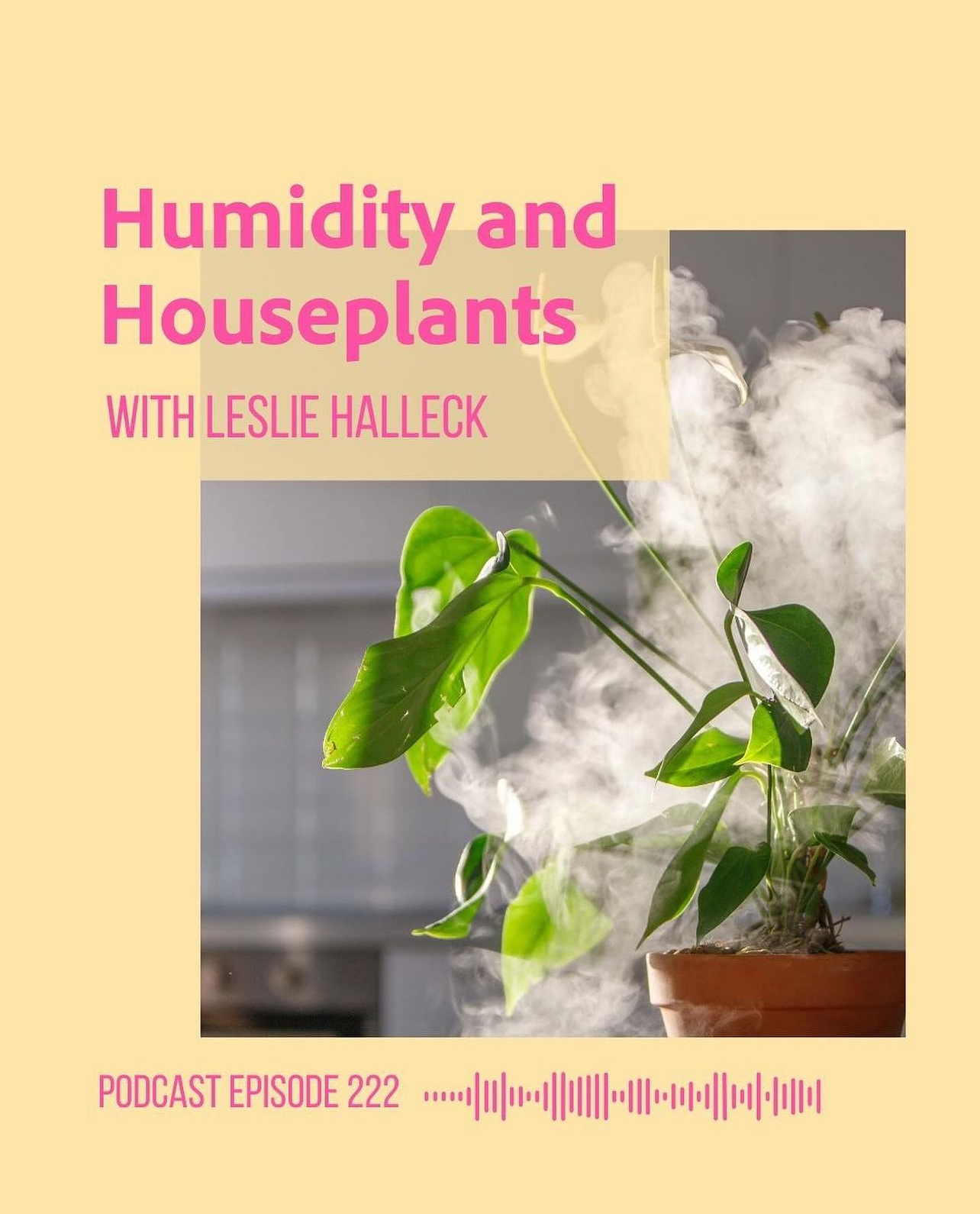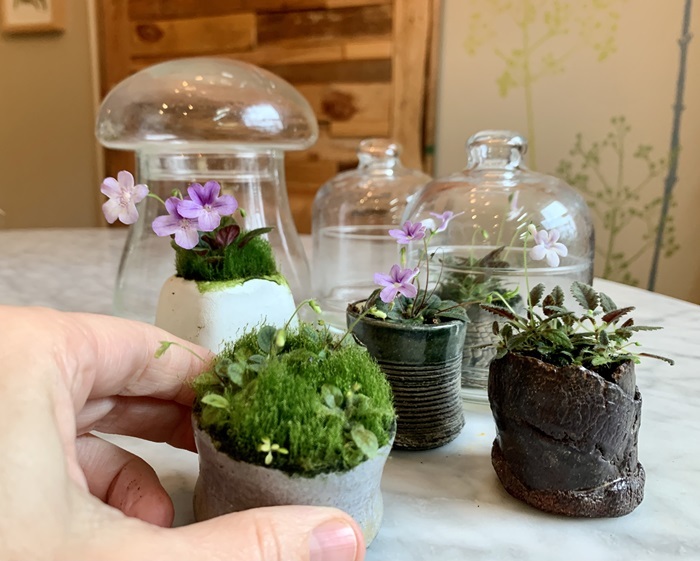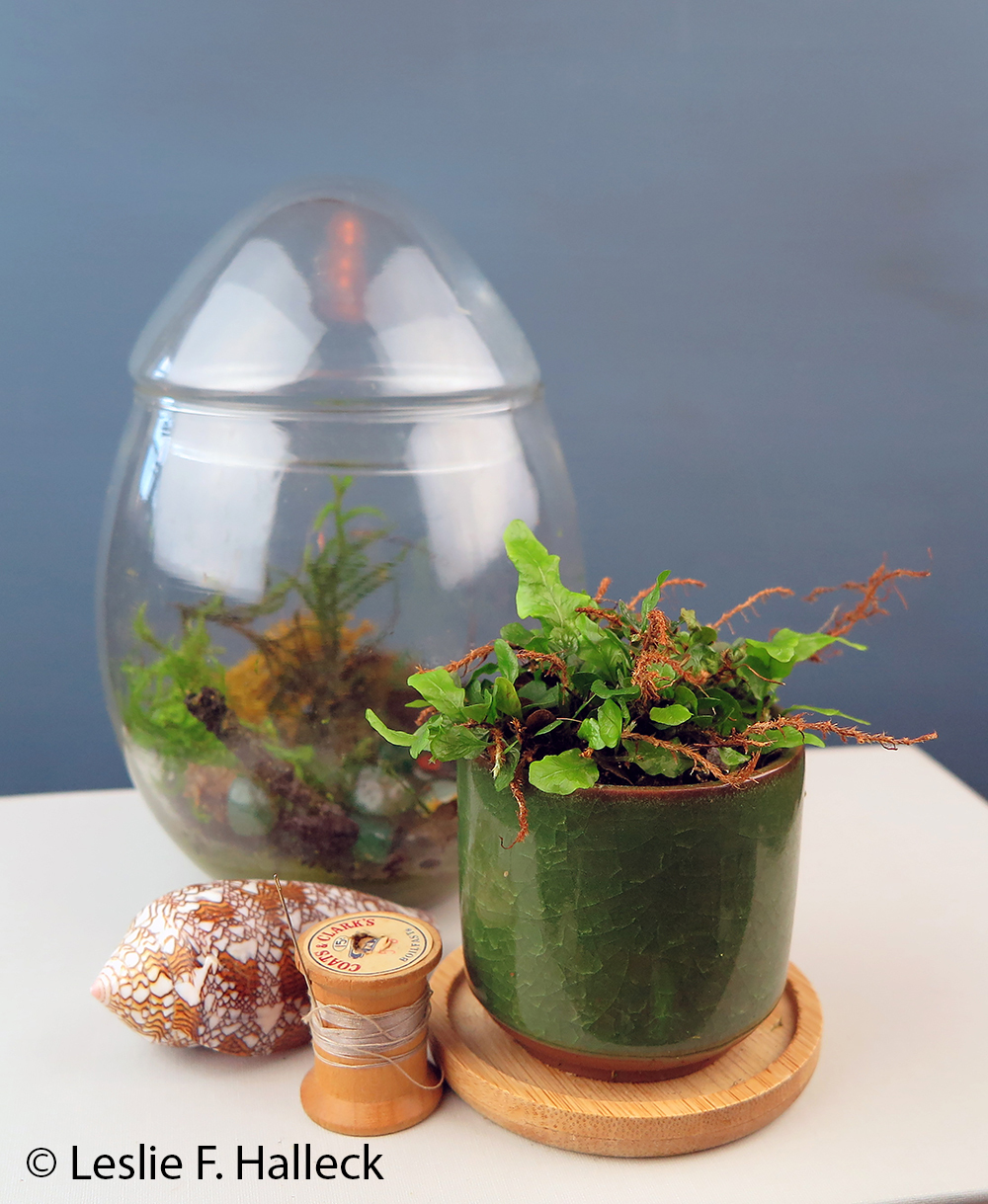ICE CUBES: Do they belong on your houseplants and orchids?
You may have heard the recommendation that you water your orchids using ice cubes---that the slow melt of the ice cube will deliver the right amount of water to the orchid over the right amount of time. Lately, I've noticed this recommendation is now migrating over to foliage houseplants. I get asked all the time, especially by my students, if they should or shouldn't use ice cubes to water. I touched on this in my book "Gardening Under Lights", but let's dig a little deeper.
How did ice watering come about?
Well, as a professional horticulturist and long-time avid orchid grower, I watched the ice cube watering method develop as a marketing campaign from within the industry. WHY? Well, orchids used to be few and far between in terms of commercial availability. When I was a budding horticulturist, I had to shell out a pretty penny...we're talking $60-80 for what are now very common butterfly orchids (Phalaenopsis spp.) Eventually, growers figured out production methods that worked well in commercial greenhouse production that allowed for the mass growing and availability of moth orchids (which are generally some of the easiest to grow, that's why the are EVERYWHERE now).
This growing method involves using clear plastic growing pots tightly filled with sphagnum moss. This method allows growers to successfully manage water and nutrients in a controlled environment (versus the looser orchid bark type mix you'll typically see recommended for home growers). These plastic growing pots are then set inside a water-tight cachepot for sales.
The tight root-bound pots with moss, set inside a dark watertight container, become a very-than-ideal long-term growing medium that holds too much moisture for these orchids once they arrive at your home.
- You likely have a LOT less light in your home than where they were professionally grown.
- That likely means you could easily overwater, given the lack of light and the watertight cachepot.
Overwatering, which is very often simply a result of the plant receiving too little light, suffocates root tissue and limits uptake of water and nutrients. It often leads to a diminished root system, simple root rot, or specific root fungal and bacterial diseases. True overwatering can be a result of watering too frequently and now allowing growing media to dry enough between waterings (species dependent), or it can be the result of using the wrong type of container or a container without drainage holes. If you keep watering your moth orchid while it sits in the water-tight cachepot, without ever draining it, you'll rot your orchid.
Cool temperatures also keep growing media moist longer and plant transpiration slows down, so you’ll also need to adjust how much you water depending on if your space is warmer or cooler. Using too much ice or placing ice on your plants too often is no different.
- When customers kill certain plants too quickly, they stop buying them, so...
Orchid growers started actively marketing the "ice-cube watering method" as a strategy meant to mitigate potential over-watering in a less than ideal growing media and environment for moth orchids long term.
As epiphytes, moth orchids generally thrive with much more air flow around their roots, which are adapted to absorbing moisture from humid air and nutrients from surrounding debris that settles around the roots. While professional growers have developed successful management strategies for growing moth orchids en masse using these specific materials and methods, it’s much more likely a home grower will overwater the plants, unless they transplant the orchids to a looser orchid bark mix or more porous containers. The tight plastic sleeve containers and dense moss simply don’t allow for as much air space or drainage. In fact, you may not even be “overwatering”, but the nature of the container and media simply doesn’t allow for enough air flow, even if you aren’t watering too frequently. The ice cube watering method was developed by the orchid-growing industry to help customers to slowly water the plants enough, without overdoing it. Essentially, it’s a work around for a less than ideal long-term growing media and container combination.
If you want to keep your plant long-term and rebloom it, then after it finishes it's initial bloom, I'd remove it from the plastic container and repot your orchid in a container that provides good drainage and aeration, and use a loose orchid potting mix. I guarantee you'll never overwater your orchid again!
Is There any Research on Ice Cube Watering
University research has been performed with ice cube watering methods specifically on moth orchids (but not other houseplants as far as I can find). If done properly, which requires you use three ice cubes and do not allow them to touch any part of the plant, there shouldn’t be any damage to the plants from the initial cold temperature of the ice.
Should You Water Your Orchids with Ice Cubes?
I prefer to use and recommend the standard run-water-over-the-roots-and-out-of the-pot method for a few minutes to introduce more oxygen to the root zone. A good soaking with drainage once per week for moth orchids is standard, but that depends on your environment and if you’ve repotted your orchid into a looser mix. A dry home or repotted plant often requires more frequent watering. (This method of course may not apply to other species of orchids that you grow under glass or in orchidariums, etc...all care methods depend on the species and environment).
Most orchids need a wet/dry cycle---they shouldn’t stay wet all the time.
This is not to say the ice cube method won’t work fine for you for a while. If you keep moth orchids as temporary décor, and expect to replace them every few months after they’ve finished blooming (you can put your spent plants into a compost bin), then the ice cube method is perfectly fine if it’s easier for you. If you’re having success with it long term, then great. But, you’ll need to keep an eye on root health and compaction, and make sure you aren’t seeing root rot develop on plants you intend to keep and re-bloom.
Should You Water Tropical Houseplants With Ice Cubes?
The bigger issue I see at this point is using ice cubes to water all your other tropical houseplants. Temperature aside, throwing a few ice cubes on top of the soil in your potted plants could cause you to underwater the plant (you might be surprised how little water 3 ice cubes may deliver given the size of your container), or simply never get enough saturation lower in the pot. This can cause both lower roots to start to die off from drying out, and result in a build up of salts in your containers. Both are bad news for your plants.
If you use ice watering on houseplants now and then, fine, but make sure your plants get a thorough watering when they need it and you let water run out of the bottom of the pot to leach out built up salts.
DON'T Make Ice Cubes for Your Plants!
Lastly...remember that it takes energy to freeze ice. Environmentally speaking, if there is no real benefit to using ice cubes to water your plants....why burn fossil fuels and put your freezer to work like that? Sure, use the ones you have left over in your cup if you want....but skip making ice cubes just for your plants!


